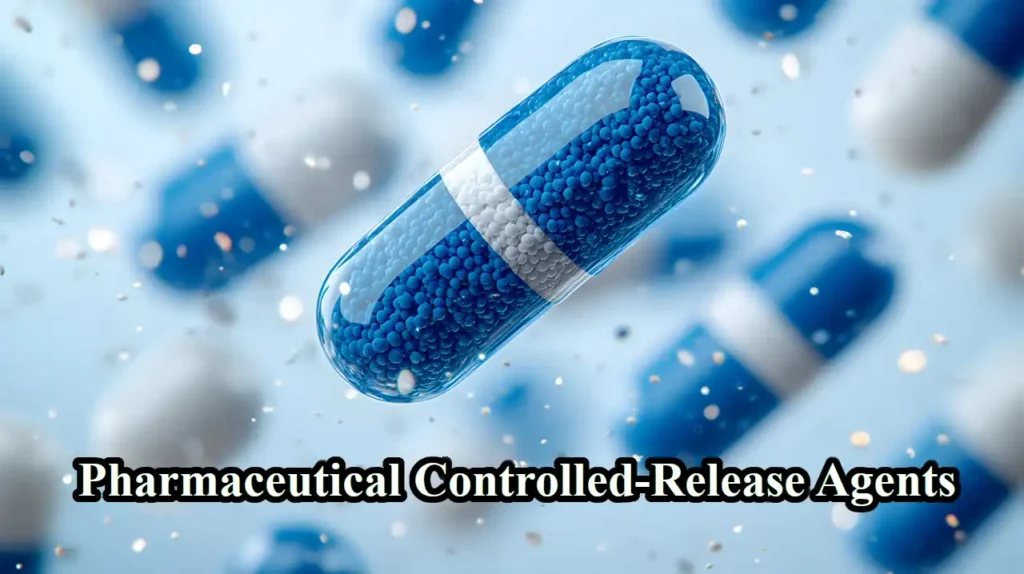In modern pharmaceutical formulations, controlled-release agents are used to control the drug release rate, maintaining a stable drug concentration in the body, prolonging the duration of action, and reducing the frequency of administration. Traditional controlled-release materials, such as hydroxypropyl methylcellulose (HPMC) and polylactic acid (PLA), have been widely used. In recent years, nanomaterials have become a research hotspot due to their high specific surface area and unique interfacial properties. Nano-magnesium carbonate, due to its structural stability, good biocompatibility, and large specific surface area and porosity, shows great application prospects in the field of controlled-release agents.

I. Advantages of Nano-Magnesium Carbonate
- High Specific Surface Area and Porosity: This is conducive to drug loading and controlling release behavior, especially suitable for the adsorption and release of hydrophobic drugs.
- Adjustable Release Kinetics: Precise control of the drug release rate can be achieved by adjusting particle size, surface treatment (e.g., coating), and porous structure.
- Good Biocompatibility and Safety: Magnesium carbonate can decompose into magnesium ions (Mg²⁺) and carbon dioxide in the body, which is safe for the human body and helps neutralize gastric acid.
- pH Sensitivity: Nano-magnesium carbonate has different solubility under different pH conditions, which is beneficial for achieving enteric-coated controlled-release designs.
II. Application Examples and Research Progress
- Controlled-Release Antibiotic Formulations: Some studies have shown that loading penicillin or quinolone antibiotics in nano-magnesium carbonate can significantly prolong the duration of drug efficacy and reduce fluctuations in peak drug concentrations.
- Anti-Cancer Drug Controlled-Release Systems: Nano-magnesium carbonate combined with drugs such as doxorubicin forms composite carriers, and the release rate can be controlled within 48-72 hours, reducing toxic side effects.
- Gastric Acid Neutralization and Drug Co-Controlled Release System: In patients with excessive gastric acid, nano-magnesium carbonate can both neutralize gastric acid and slowly release drugs, which is expected to be used as a “dual-function” system.
III. Prospects
- Combined with polymer materials to achieve smart responsive release (e.g., temperature/enzyme/pH responsive)
- Used in personalized drug release systems, such as oral patches, injectable microspheres, and implants
- As an auxiliary carrier in the development of modern Chinese medicine preparations, realizing the controlled-release transformation of traditional drugs
